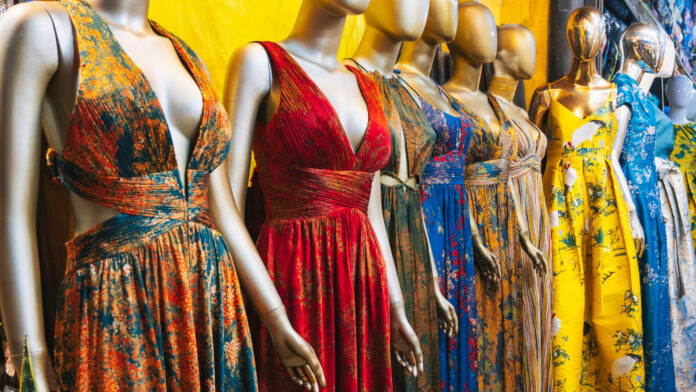By The Frontpage Journal
Sri Lankan batik, with its vibrant colors and intricate patterns, has experienced a remarkable revival in recent years. Once a humble craft practiced primarily in rural village workshops, batik is now gaining global recognition as an art form and fashion statement. This resurgence reflects a blend of tradition, creativity, and entrepreneurship that connects the island’s cultural heritage with contemporary style.
Batik is a wax-resist dyeing technique that originated centuries ago and was introduced to Sri Lanka through cultural exchanges with Indonesia and India. Artisans apply hot wax to fabric in elaborate designs before dyeing, allowing colors to penetrate only the unwaxed areas. The resulting patterns are often floral, geometric, or symbolic, each telling a story or reflecting nature’s beauty.
For many years, batik production in Sri Lanka remained localized and primarily functional—creating textiles for everyday wear and home decoration. However, over the last two decades, interest in this traditional craft has surged. Artists and designers have experimented with new motifs, techniques, and color palettes, transforming batik into contemporary art and fashion. Workshops in places like Moratuwa, Beruwala, and Colombo have become creative hubs where tradition meets innovation.
The revival is also fueled by a growing appreciation for handmade, sustainable fashion. Batik’s natural dyes and slow production methods contrast sharply with mass-produced textiles, appealing to environmentally conscious consumers worldwide. Designers have incorporated batik into garments ranging from casual wear to haute couture, elevating the craft to runways and international exhibitions.
Beyond aesthetics, batik revival supports local communities and preserves cultural knowledge. Many batik artisans come from families who have practiced the craft for generations. Their skills are passed down through apprenticeship, ensuring the survival of techniques that might otherwise be lost. Initiatives by NGOs and government agencies provide training, marketing assistance, and fair trade opportunities, empowering artisans and fostering economic development.
Batik is also finding new life in home décor, accessories, and art. Contemporary artists use batik fabrics as canvases for painting and collage, while interior designers incorporate batik textiles into cushions, wall hangings, and upholstery, blending traditional motifs with modern interiors.
For foreign visitors and buyers, Sri Lankan batik offers a unique cultural connection. Each piece embodies the island’s rich artistic heritage and the hands of skilled craftspeople. Purchasing batik supports sustainable livelihoods and keeps alive a tradition that enriches Sri Lanka’s cultural landscape.
The story of Sri Lankan batik is one of resilience and reinvention. It illustrates how ancient crafts can adapt to modern tastes without losing their soul. As batik colors the fabric of contemporary life, it also weaves a thread linking past, present, and future—a vibrant celebration of creativity and culture on the island.




